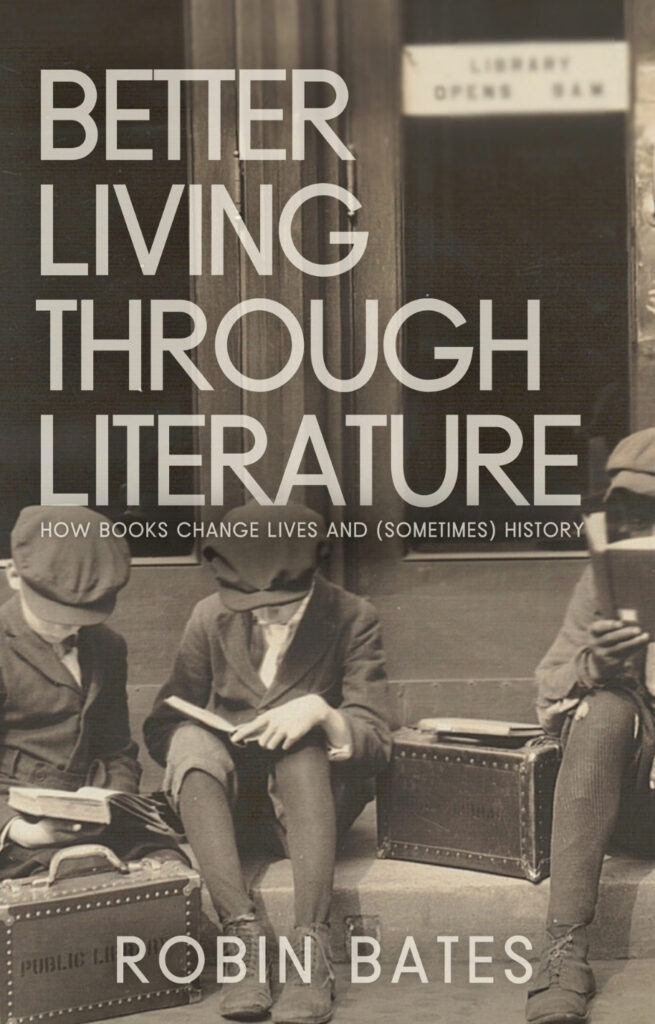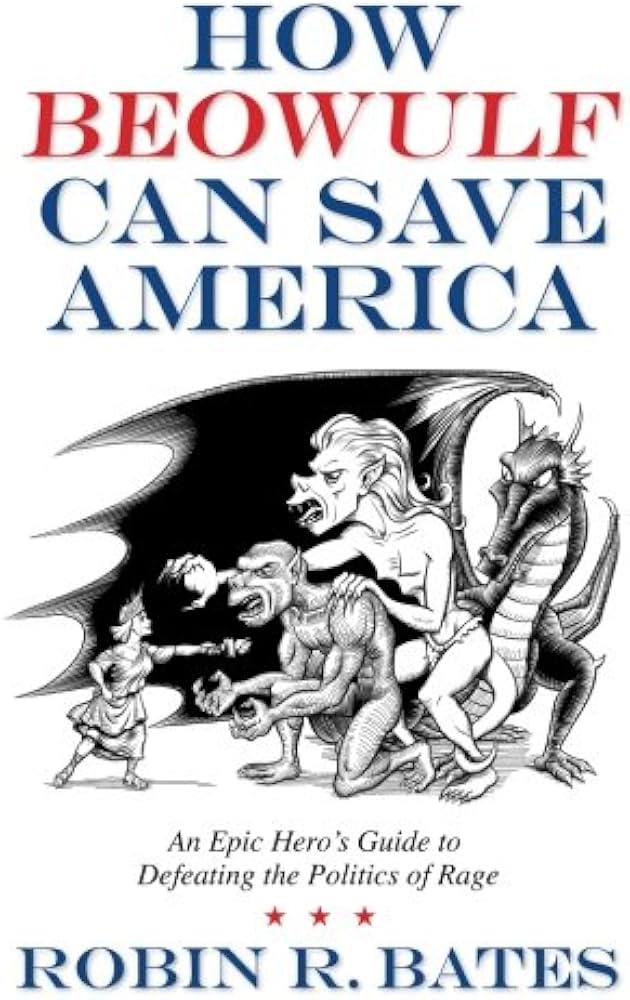Note: If you wish to receive, via e-mail, (1) my weekly newsletter or (2) daily copies of these posts, notify me at rrbates1951@gmail.com and indicate which you would like. I promise not to share your e-mail address with anyone. To unsubscribe, send me a follow-up email.
Thursday
This past week I gave a Sunday Forum talk at our church on how (I believe) Sir Gawain and the Green Knight was a response to the Black Plague. Since we ourselves suffered from a plague recently (albeit one far less deadly), I find it valuable to explore how literature comes to our aid at such moments.
The Black Plague, also known as the Black Death or the Bubonic Plague, was one of history’s greatest natural disasters, killing an estimated 40-60% of the European population when it struck in 1348-50. It was followed up by a second plague in 1361-62, this time killing 20% of the survivors. This means that the anonymous author of Sir Gawain, which we think appeared around 1375, would have had either firsthand or secondhand experience with the plague.
Yet despite going through this hellish nightmare, he managed to compose an Arthurian romance with a compelling story, memorable characters, gorgeous nature imagery, and a wondrous sense of humor. His aim, as I see it, was to reconnect his audience with the natural world, about which they had understandably become leery. He realized that the defense mechanisms that society had set up to guard against this natural disaster had hollowed people out. For instance, there was a rise of flagellant movements and of pogroms massacring Jews. People came to view God as a savage punisher rather than a savior, and many rejected this world in favor of the next one.
There was also a surge of interest in England’s pagan past, especially in the Green Man, a Celtic fertility god. Indeed, Christianity had never entirely displaced this deity, which can be found carved into medieval churches all over England. The phenomenon of a culture turning to old gods because the new god can’t save them is something we find also in Beowulf, written 500 years earlier. In response to nightly troll attacks—or to an internal violence problem that the society can’t solve—the Beowulf poet reports,
Sometimes at pagan shrines they vowed
offerings to idols, swore oaths
that the killer of souls [Satan] might come to their aid
and save the people. That was their way,
their heathenish hope; deep in their hearts
they remembered hell. The Almighty Judge
of good deeds and bad, the Lord God,
Head of the Heavens and High King of the World,
was unknown to them.
The poet feels the need at this point to offer a comment. “Oh cursed is he,” he writes,
who in time of trouble has to thrust his soul
in the fire’s embrace, forfeiting help;
he has nowhere to turn. But blessed is he
who after death can approach the Lord
and find friendship in the Father’s embrace.
It’s understandable why people would become suspicious, both of Christianity and of nature and nature’s delights. Given how nature had betrayed them, why should they ever trust it again? But when we deny our connection with nature and with our bodies, we end up in a sterile space. This is where Camelot appears to be in a poem.
Granted, at first glance it doesn’t seem sterile. The poem begins with a sumptuous Christmas feast, complete with music, gift-giving, games, and lots of food. Observing Christians, like pagan cultures celebrating the winter solstice, is an assertion of hope at the darkest time of the year. Nevertheless, Arthur senses that something is missing and declares that the feast cannot begin until
he had heard first
Of some fair feat or fray some far-borne tale,
Of some marvel of might, that he might trust,By champions of chivalry achieved in arms,
Or some suppliant came seeking some single knight
To join with him in jousting, in jeopardy each
To lay life for life, and leave it to fortune
To afford him on field fair hap or other.
As if in response, a green giant riding a green horse and carrying an axe and a holly branch (as a sign of peace) enters Camelot and challenges the knights to “a Christmas game”: some member of the court is to use his axe to cut off his head, after which he will return the blow. Following a delay that reflects badly on the court, Gawain steps forward and swings the axe. The knight then retrieves his head, which instructs Gawain to meet him at “the green chapel” in a year’s time for completion of the game.
Knowing that he won’t be able to survive the return stroke, Gawain finds himself in the situation of a patient who has received a terminal diagnosis. Given how unreliable life had become at the time of the plague, many must have felt similarly, certain that inevitable death was just around the corner. While the poem then proceeds to depict unhealthy responses to this situation, it also provides us with a positive alternative.
The unhealthy response is to turn our backs on life, pretending that it doesn’t matter whether we live or die. Christians even have an escape hatch, dismissing life as a veil of tears while putting all their hopes in a heavenly hereafter. As he prepares to set off for the green chapel, Gawain shrugs his shoulders as if his upcoming death is no big deal:
There was much secret sorrow suffered that day
That one so good as Gawain must go in such wise
To bear a bitter blow, and his bright sword
lay by.
He said, “Why should I tarry?”
And smiled with tranquil eye;
“In destinies sad or merry,
True men can but try.”
This dismissal of death is one of several instances of denial that we see in the poem. Others include spending much of the year not thinking about what’s going to happen and performing his regular knightly duties as though nothing has changed. It is only when he is a few days away from his rendezvous with death that we see Gawain falling into deep despair.
I’ve written in the past (for instance here) about the many ways the poem shows us a man grappling with mortality and grief. Suffice it to say that, in the course of the poem, the Green Knight gets through to Gawain, showing him that he cares for his life after all. By the end of the work, all of Camelot is wearing green ribbons in honor of Gawain’s encounter. It’s as though heaven-oriented Christianity and earth-oriented paganism have reached an accommodation.
For our purposes, it’s a reminder to love and cherish the earth and our bodies, making the most of the time we have. As Robert Frost puts it in “Birches,” “Earth’s the right place for love./ I don’t know where it’s likely to go better.” Denying life, the poem makes clear, is a coping strategy driven by fear. Those in the grip of this fear and angry at life’s transience are often those willing to sacrifice the planet.


